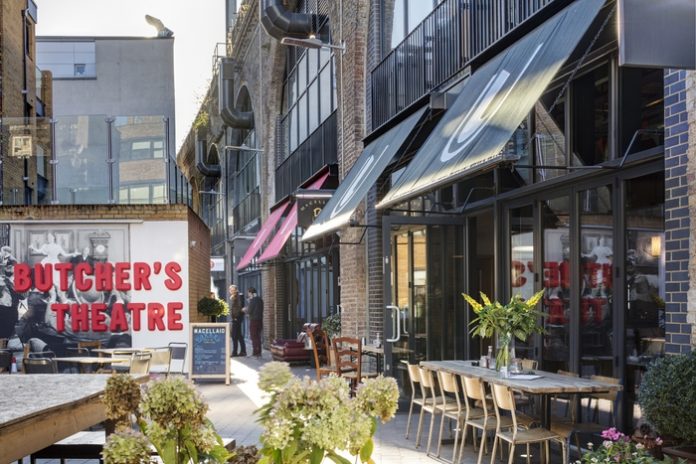Network Rail is nearing the end of the process to sell its extensive commercial estate in order to invest in railway improvements, with four bidders in the final stage.
The organisation, which owns, maintains and improves the rail network in Great Britain, has decided to sell its commercial estate in England and Wales – around 5,500 properties, the majority being railway arches – as it is a non-core property asset that’s not essential for running the railway. Proceeds from the sale will be reinvested into the railway, meaning major improvements can be delivered without placing an extra burden on the public purse.
Network Rail expects the new owner to invest significantly in maintaining and enhancing the estate, benefitting tenants and local communities.
Proceeds from the sale will help to fund the railway upgrade plan, which is improving and growing the rail network for the benefit of passengers and the wider UK economy. It will reduce the need for taxpayers and fare-payers to fund the railway.
Once the business is sold, all tenant leases will transfer to the new owner and all arrangements and protections will remain unchanged.
David Biggs, managing director of Network Rail Property, said:
‘We are selling a thriving estate of small and independent businesses and we believe the portfolio is a highly attractive business with growth potential.
‘We are proud that we have so many independent and diverse businesses thriving on our commercial estate, and for the tenants that run these it will be business as usual once the estate is sold. All lease arrangements will transfer to the new owner and all arrangements and protections will stay in place.
‘We believe a new owner will bring more investment to the commercial estate, benefiting tenants and local communities, and creating jobs and stimulating economic growth.
‘The sale is completely unconnected with periodic rent reviews which are part of our normal business activity. Our rents are based on local property market values with the vast majority of reviews, around 85%, agreed at an increase of 10% or less.’



















